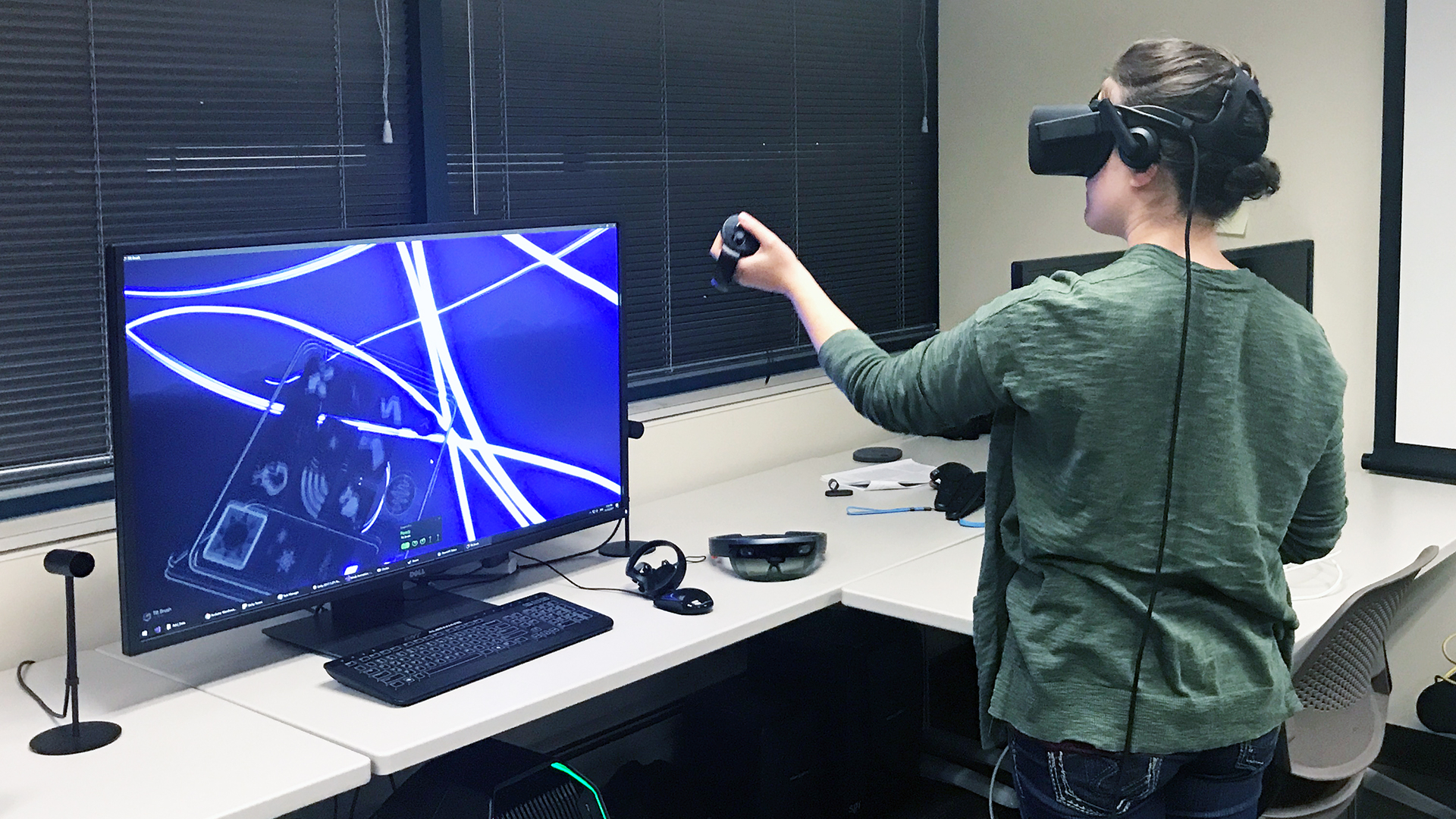Current Laboratory Research

Physical Simulation
Summary: Research includes the interactive simulation of deformable objects and fluids using Finite Element Analysis for animation, game design, and medical applications. Research topics include: inverse material property optimization, constrained optimal control, intuitive control of dynamic systems with applications in thermal structural analysis, 4D printing, and dynamic structure retargeting.
Research Page
Medical Applications
Summary: Research includes high-level respiratory analysis using direct visualization techniques, thermal-based posture estimation and thermal volumetric reconstruction. Research topics include: direct exhale visualization, medium-based respiratory analysis, and physical simulation of interactive bio-materials for medical training.
Research Page
4D Scanning & Printing
Summary: Research includes 4D scanning using laser, stereoscopic, and structured light scanning devices for the reconstruction of both static objects and dynamic deformations of real-world objects. The core of this research introduces data-driven meshes that can be used in Finite Element (FE) physical simulations to improve simulated interaction models and improve modeling-to-reality accuracy of simulated and printed deformable models. Research topics include: intuitive and robust scan alignment through painting, automated surface reconstruction of real-world objects, and 4D deformation scanning to facilitate data-driven 4D object printing.
Research Page
VR/AR
Summary: Research includes the development of an immersive virtual environment that simulates visual, aural and other sensory channels, and a network of sensors that captures users' responses, including motion, facial expression and various physiological signals. This system allows numerous forms of exploratory applications in psychology, neuro-science, mental health, and human factors in economics. Current exploratory applications includes: conceptual design in VR, post-stroke rehabilitation in VR, early detection of Alzheimer's, Parkinson's, mTBI (mild traumatic brain injuries), various anxieties, and dementia in VR, as well as various exposure therapies in VR.
Research Page